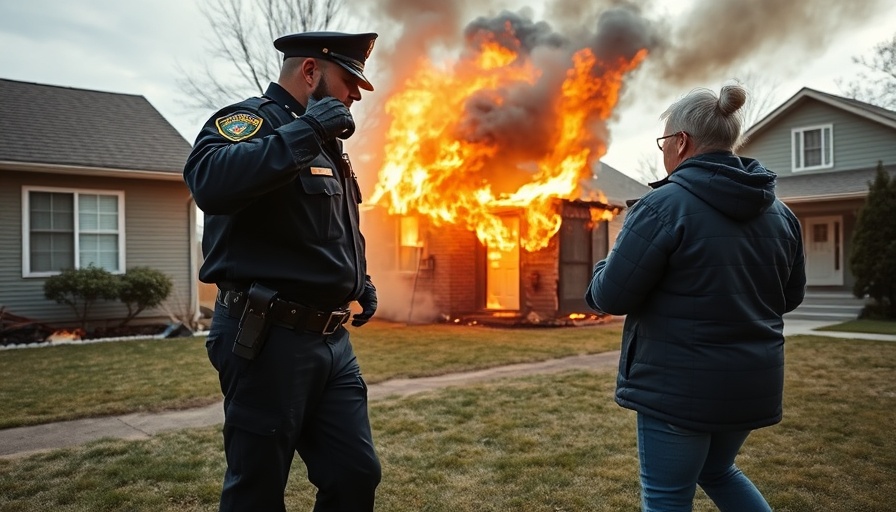
A Gripping Look at Texas Flood Devastation
In the wake of a catastrophic flood that reshaped communities in Texas, President Donald Trump made a poignant visit to Kerrville on July 11, 2025. This visit followed a disaster that claimed over 120 lives and left more than 170 individuals unaccounted for. Trump's tour emphasized not only the scale of the destruction but also the immediate need for governmental support and long-term recovery plans.
Government Response to a Natural Disaster
During his visit, President Trump approved an extension of the disaster declaration for Texas, a critical measure that will allow eight additional counties access to direct financial assistance, essential for rebuilding. With much of the local infrastructure devastated, these funds will be pivotal for restoring not just homes, but also the community's spirit.
The Role of Law Enforcement in Recovery Efforts
The tragedy has spotlighted the crucial role of law enforcement and first responders, who have worked tirelessly under harrowing conditions. At a roundtable discussion at the Hill Country Youth Event Center, Trump met with first responders and local officials to discuss their experiences and difficulties while managing public safety during a crisis—a stark reminder of the unpredictable challenges they face.
The Importance of Preparedness and Training
This flooding disaster brings to light the need for police departments to enhance their emergency preparedness strategies. Training programs focused on crisis management, community safety, and recovery operations can help mitigate the impact of such disasters. Law enforcement agencies must work collaboratively with local governments to ensure comprehensive training and resource allocation.
Connecting Communities Through Technology
In these trying times, the integration of technology in law enforcement has never been more vital. From using drones to assess damage and direct resources effectively, to adopting communication platforms that enhance coordination among various agencies, technology is reshaping the landscape of public safety. These advancements not only help in immediate recovery but also build trust within communities as police departments become more transparent and efficient.
Looking Ahead: Community Resilience and Rebuilding
As communities begin to recover, the focus will inevitably shift to long-term strategies to build resilience against future disasters. Policymakers and law enforcement must prioritize initiatives that foster community engagement, improve safety protocols, and ensure sustainable funding in the public safety sector. Strengthened police-community relations will also play a vital role in restoring confidence and cooperation as towns and cities rebuild.
Conclusion: Taking Action Post-Disaster
In the aftermath of this disaster, it’s imperative for local law enforcement and community leaders to come together, emphasizing the lessons learned. By supporting police recruitment initiatives and advocating for robust police training programs, communities can enhance their preparedness for future incidents. Read more about how your local department can implement effective strategies to serve better and protect your community.
 Add Row
Add Row  Add
Add 

 Add Element
Add Element 


Write A Comment